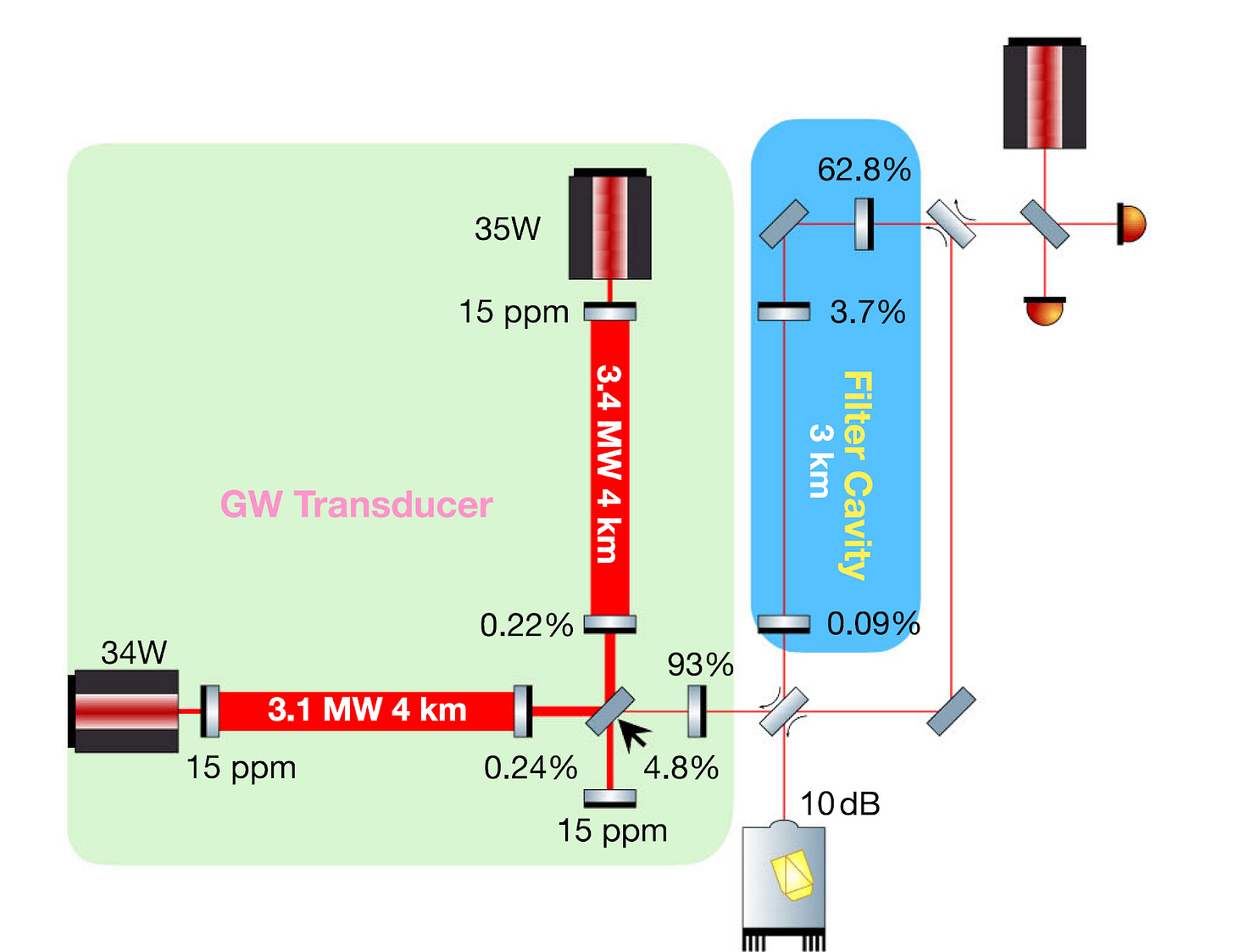America’s Bottom, Theoretical Consciousness, & AI Interferometers
This week’s science bits from SWTG
The United States Are Eroding at the Bottom, Literally

A new study that just appeared in Nature Geoscience found that the stable crust of Earth that forms North America is crumbling away at the bottom. They collected a lot of seismic records from hundreds of seismometers and calculated what must be located underneath North America. This revealed finger-like “drips” of dense, old lithosphere sinking from beneath the central United States down into the mantle transition zone. Press release here. Paper here.
Test of Consciousness Theories Finds We Don’t Understand Consciousness
A large open-science collaboration compared two major theories of consciousness – Integrated Information Theory and Global Workspace Theory. They recorded brain activity of hundreds of volunteers with fMRI, MEG, and intracranial electrodes as they viewed brief images under different attention tasks. The team found that the data didn’t fit with the predictions of either theory. I don’t find this surprising but I am glad they did it anyway so that we can move on. Press release here. Paper here.
AI Improves Gravitational Wave Interferometers, Kind Of
A team at the Max Planck Institute for the Science of Light has used AI to find better designs for gravitational wave interferometers. The system explored billions of possible interferometer layouts and iteratively optimized them. It found fifty new detector concepts that outperform the planned LIGO upgrade, potentially increasing the volume of the observable universe by up to fifty-fold.
One design, for example, swaps LIGO’s single, high-power laser for two modest lasers that inject light at the end of each interferometer arm, which reduces both the amount of power needed and the noise introduced by the beam splitter. Although the press release billed the system as “Artificial Intelligence,” I think this stretches the meaning of the word – it’s really an optimizer. In any case, it shows us yet one more way that computers can outperform human cognitive function.
Press release here. Paper here.






